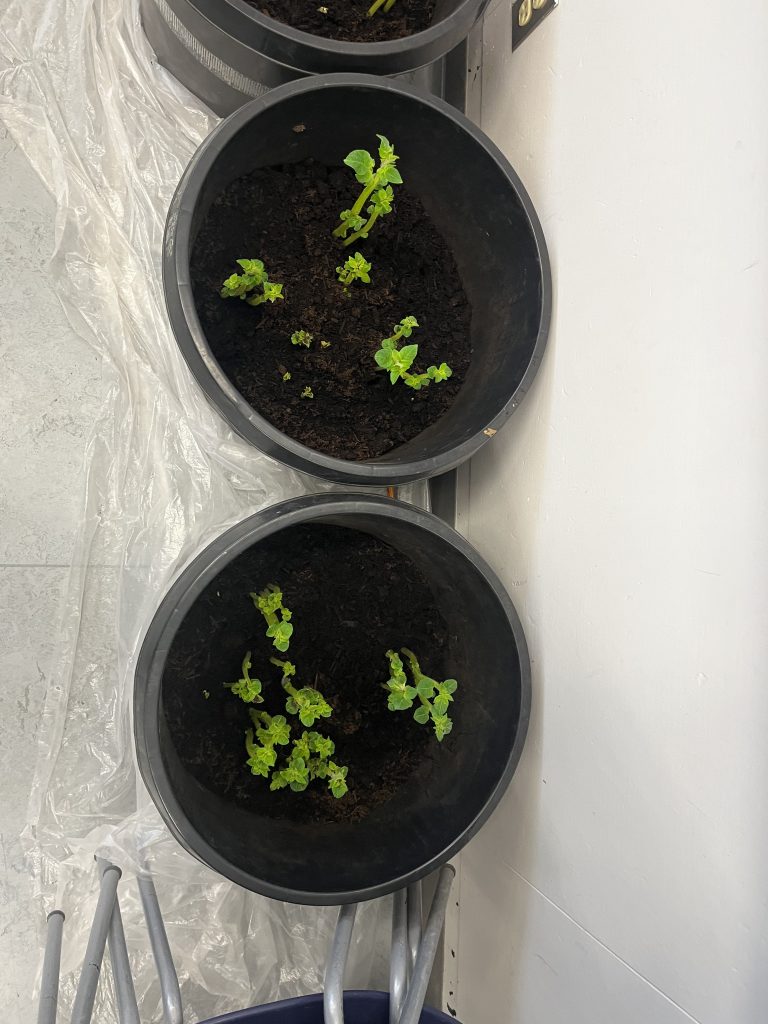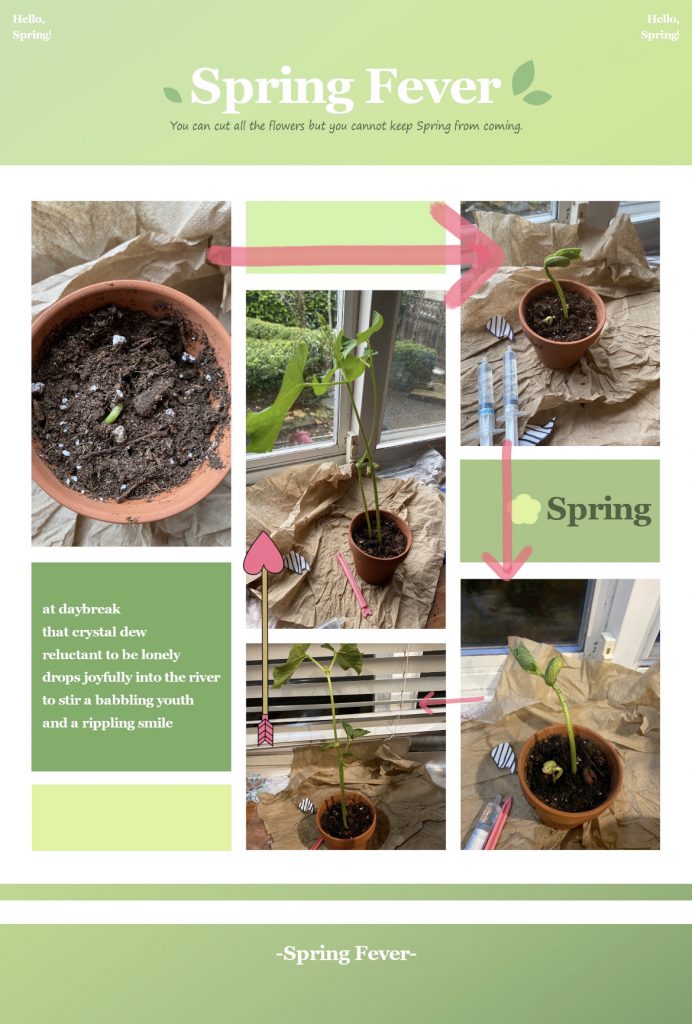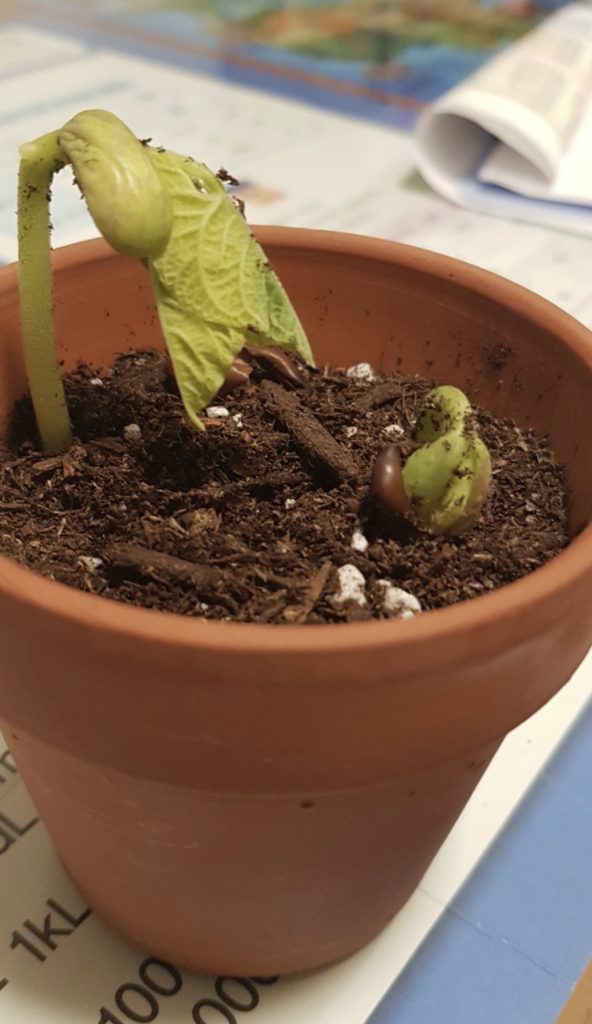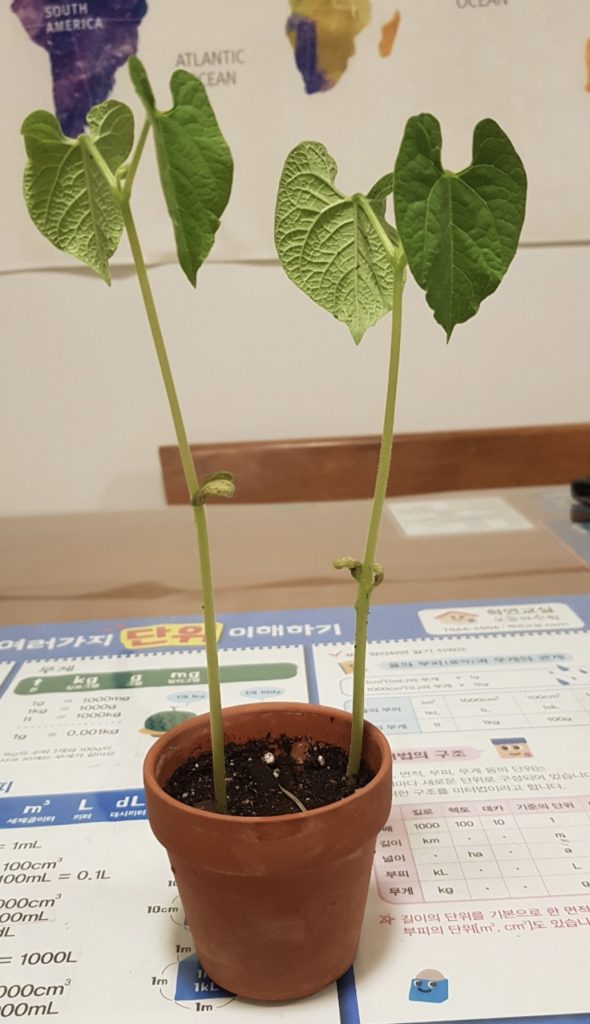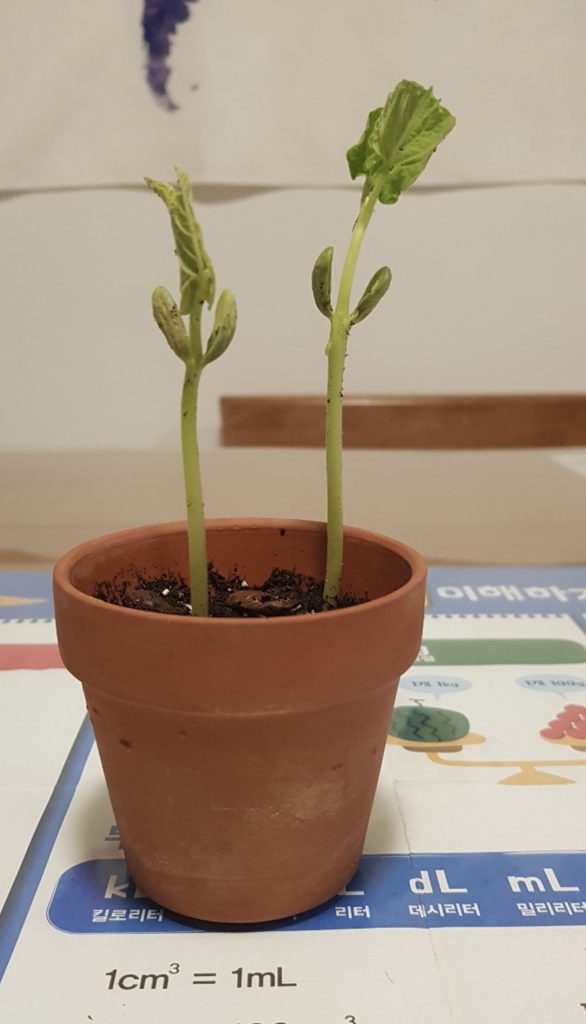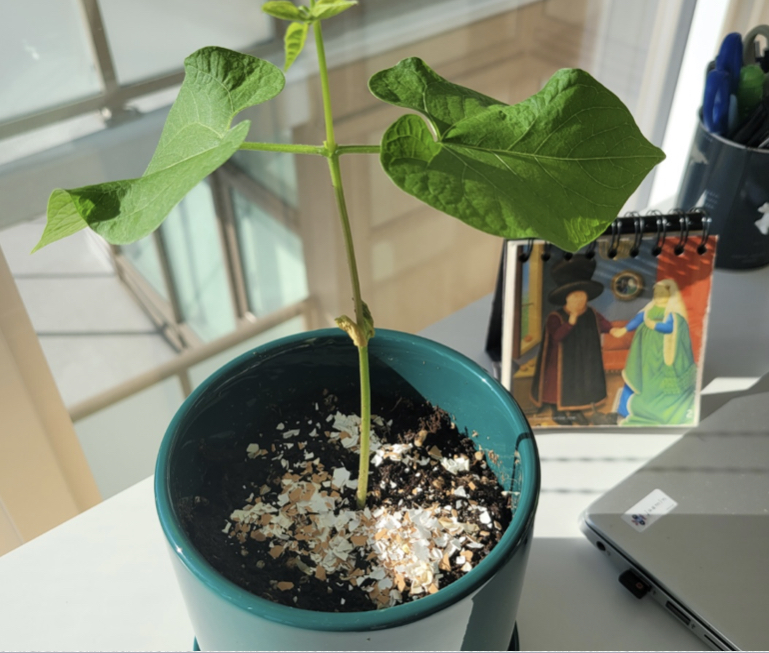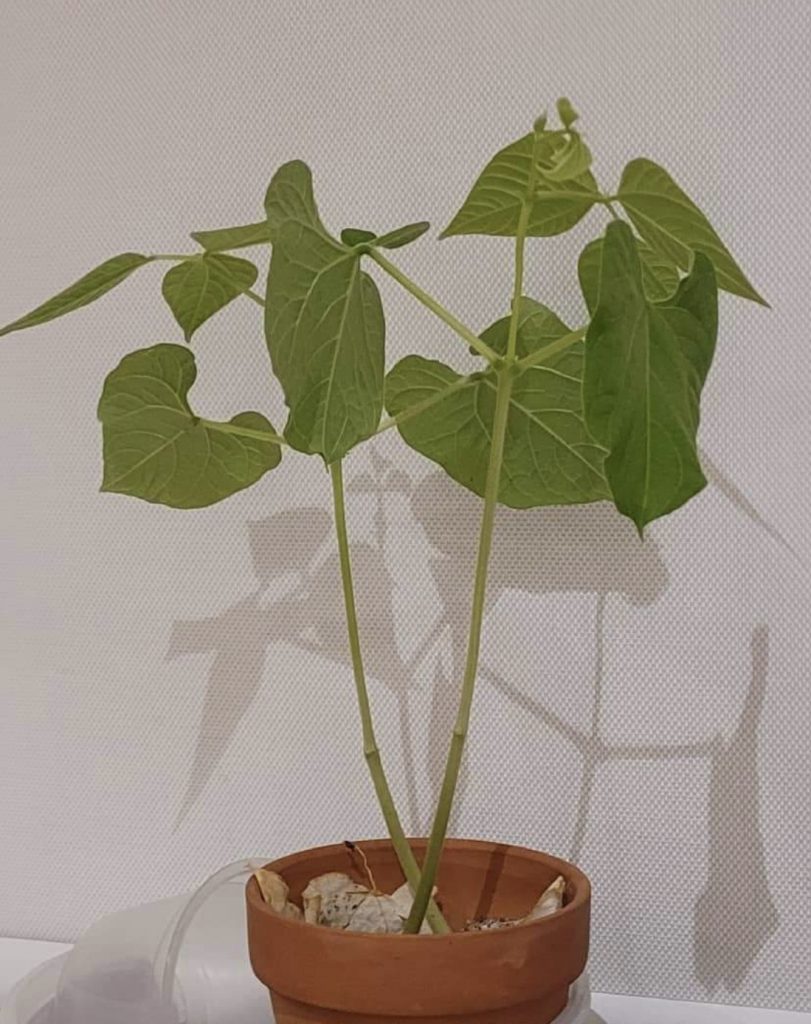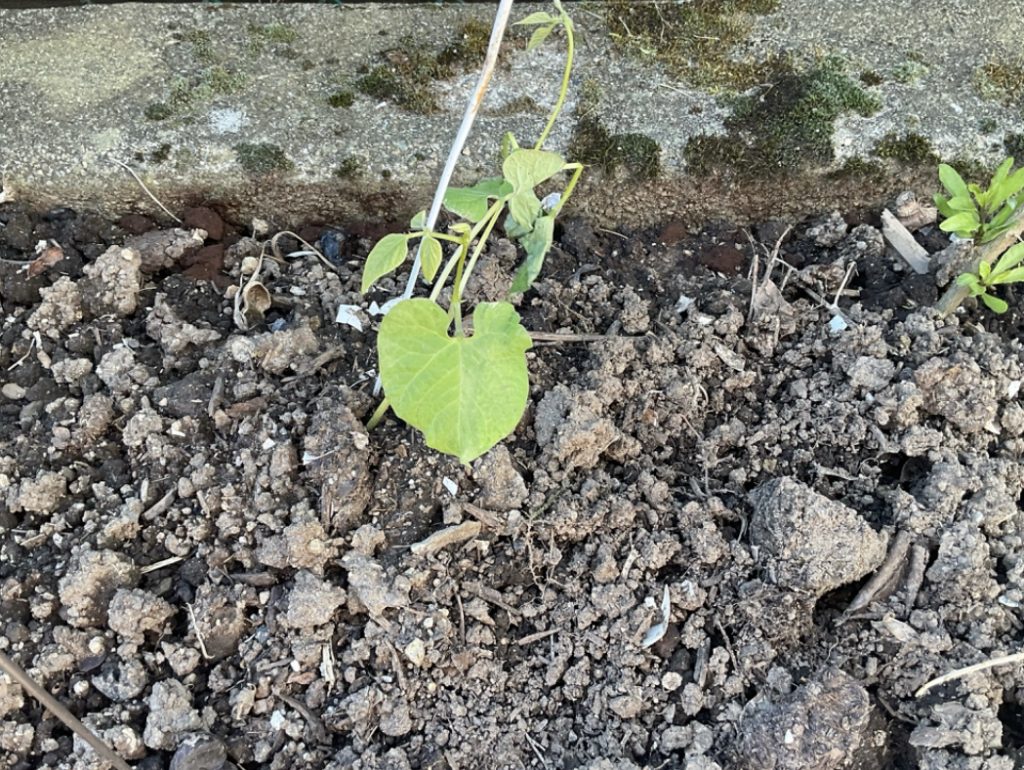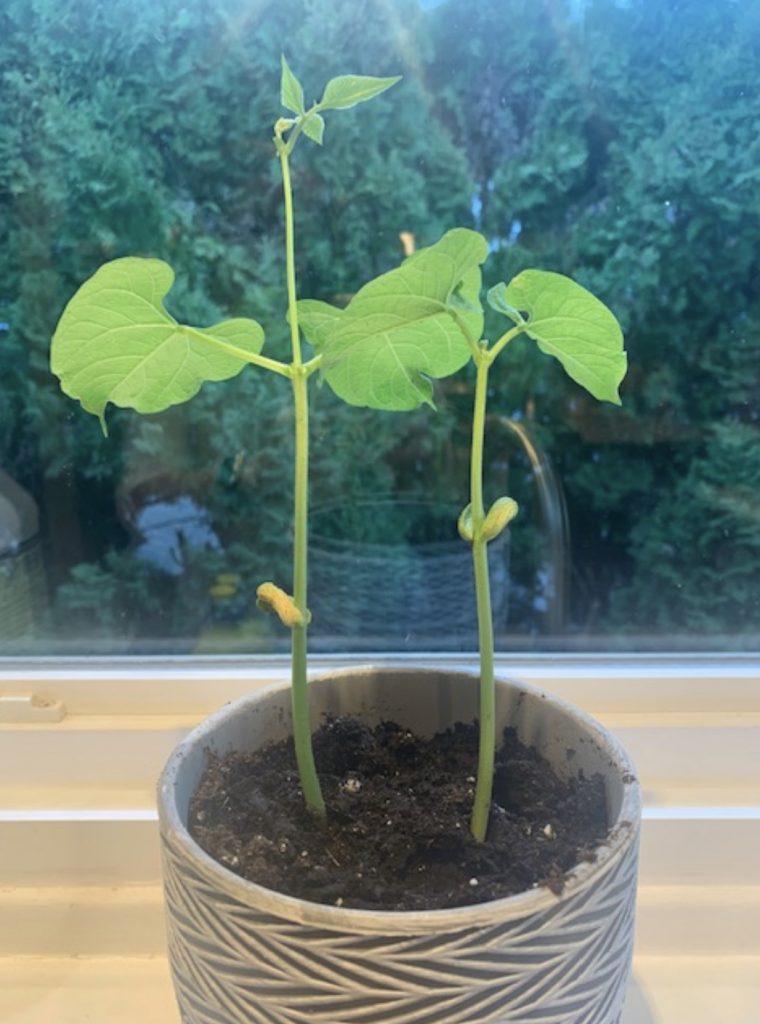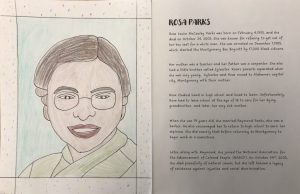
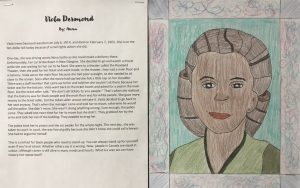
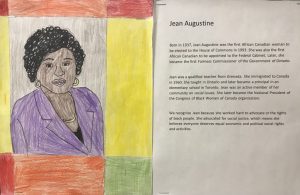

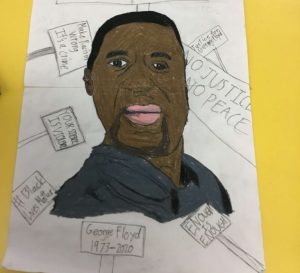
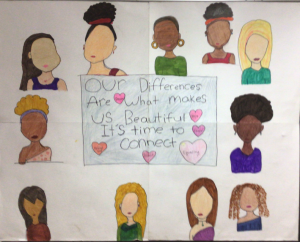
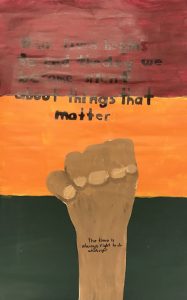
Black History Month
By: Ashley
Black History Month
By: Ashley lyske
Black History is an important part of our history that we must
Learn about, and
Acknowledge.
Carter G. Woodson started Black History in 1996
King (Martin Luther) was a well-known leader of nonviolent resistance to equal rights for all.
Hariet Tubman escaped slavery and played an important role in helping others through the underground railway
I have a dream was a famous and powerful speech by Martin Luther King.
Stop violence against all people
Treat
Others
Respectfully, kindly and how you would like to be treated
You are the change
Our Differences
By: Arielle
We are a community of varieties
But some were treated unfairly
People were tortured and blamed in our society
We couldn’t speak for ourselves clearly
Some were sold as slaves and maids
As a result, our numbers decreased
They were bruised and used in the trades
Wanting to be released
Racial Injustice/Inequality
By: Andrea
Slavery started in 1619
Back then people were controlled
Now this has changed, they are finally seen
And history has been told
We all have our differences
And that’s what makes us unique
We should stop ignorance
We have a voice, we’re not weak
Modern Day Slavery
Slavery began in 1619
It’s not completely over
It’s just a different scene*
Since 1834
Many have fought for equality and peace
But modern slavery exists today
The rates continue to increase
Slavery is wrong
Speak up
Protect the vulnerable
Defend our rights
Which should be shared by all of humanity
Facts:
* Fifty million people were living in modern slavery in 2021, according to the latest Global Estimates of Modern Slavery. Of these people, 28 million were in forced labour and 22 million were trapped in forced marriage. Women and children are the most vulnerable and in the past 5 years rates of modern day slavery around the world have risen (International Labour Organization, 2022).
Questions For Further Thought:
How as a society can we put an end to slavery once and for all? How can we create a society where people’s rights are protected and respected?
IMG_1927
IMG_1926
IMG_1928
https://sd41-my.sharepoint.com/:p:/g/personal/2574689_edu_burnabyschools_ca/ETRNrVJco_dCpEfjtYqWTrUB2UrSlF-c4pM2KUuCSwfpmQ?e=wLrpD5
https://sd41-my.sharepoint.com/:p:/r/personal/1445002_edu_burnabyschools_ca/Documents/undreground%20rauleosad.pptx?d=wd7c12e04dd634ee0aeca555f96736ba4&csf=1&web=1&e=Q0RP7h
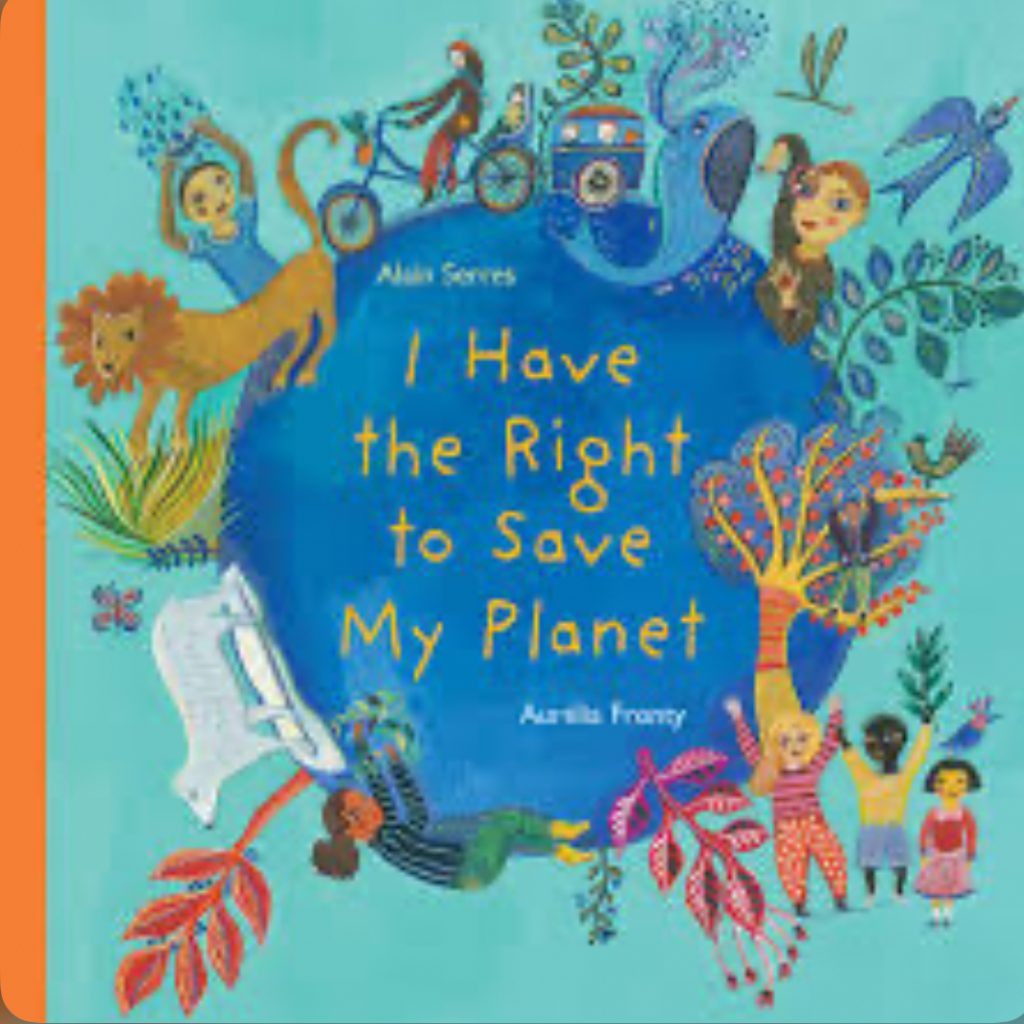
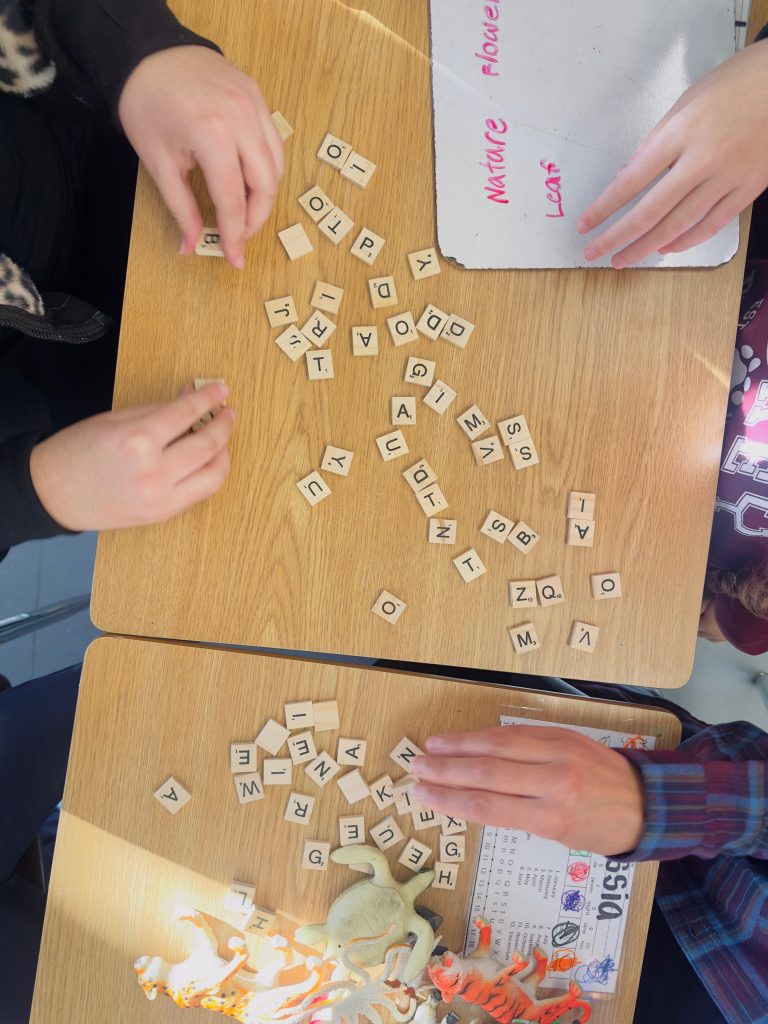

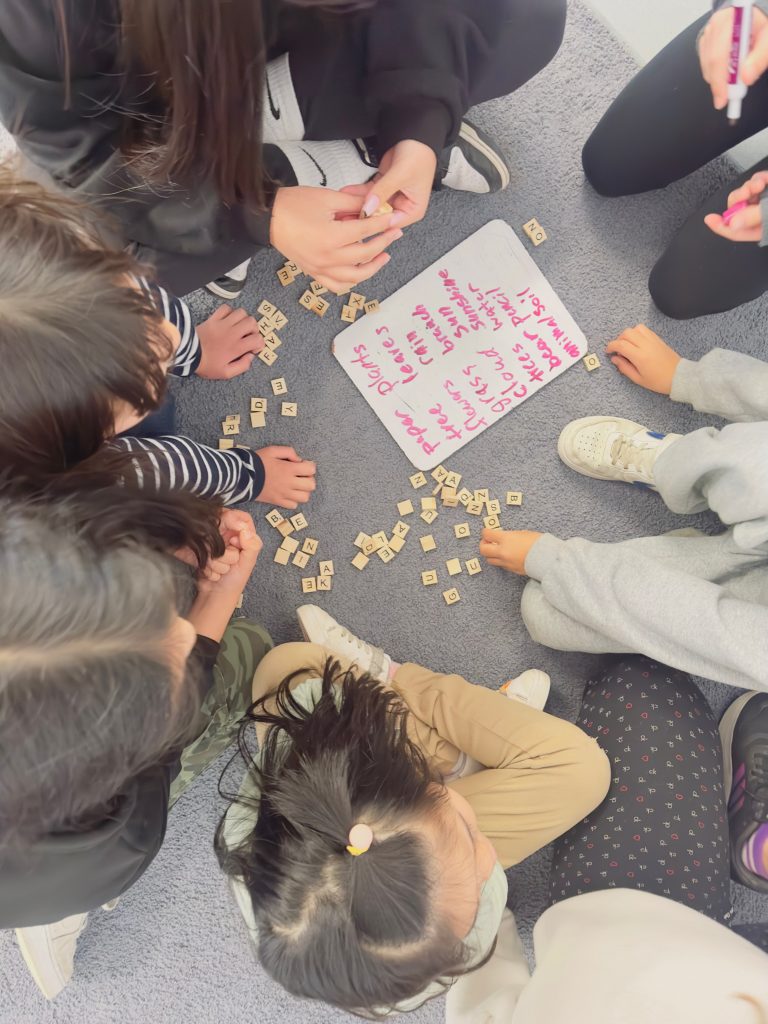
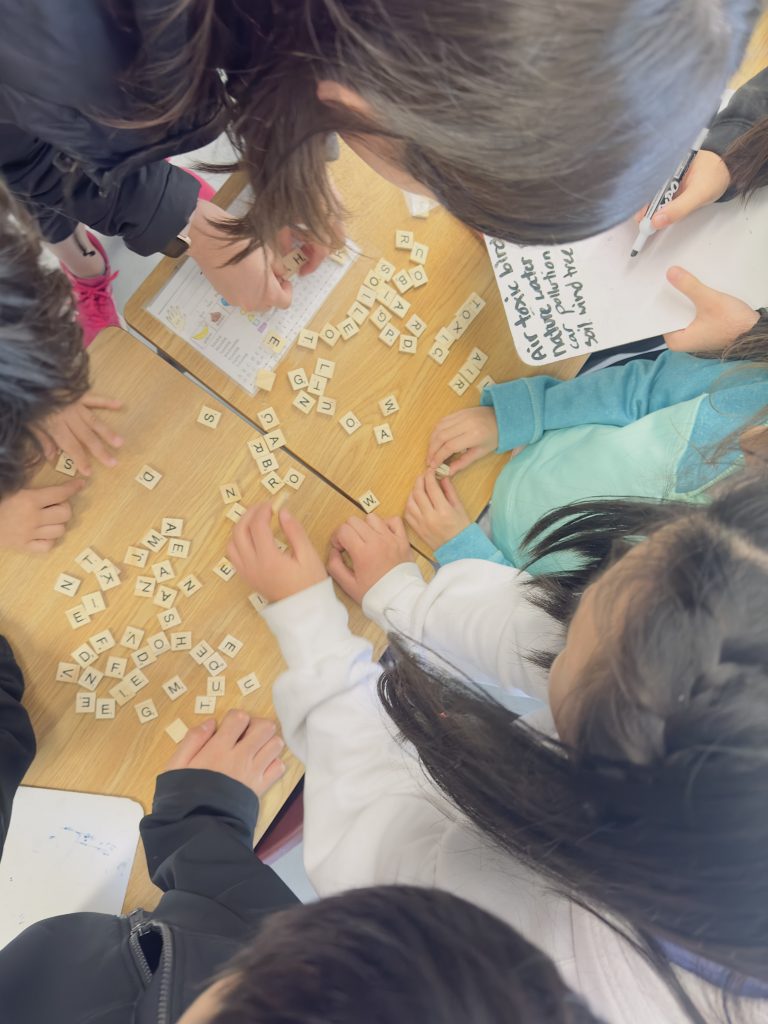
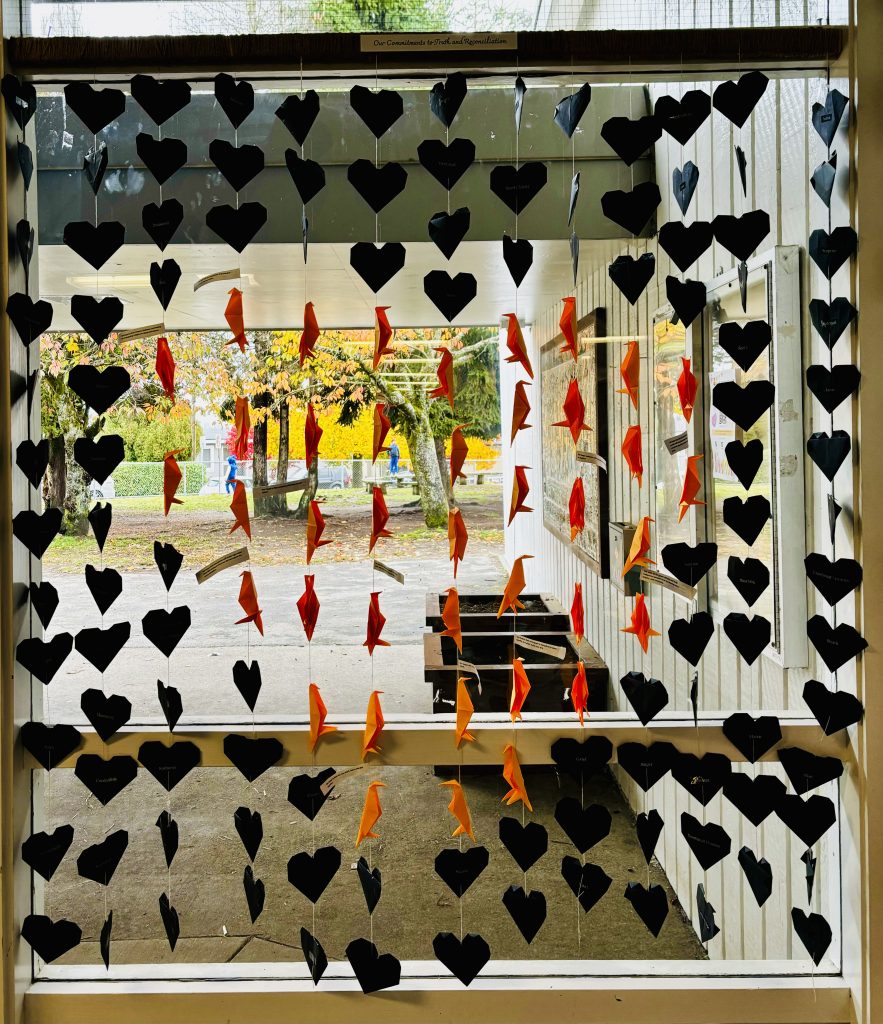
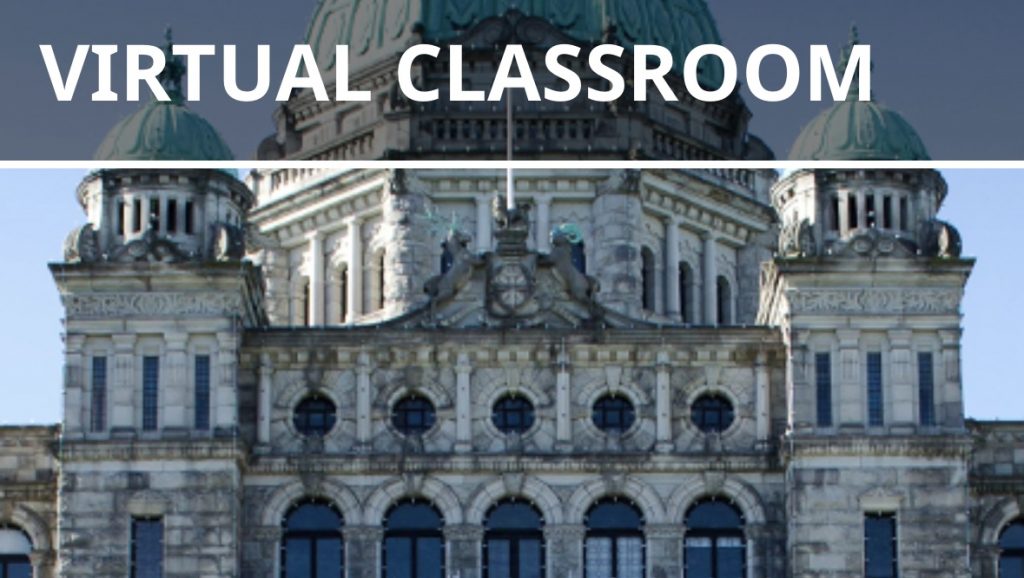
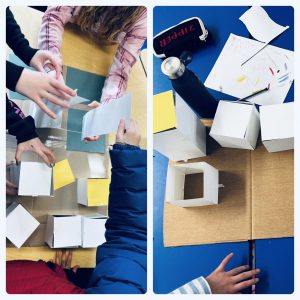 Recently in class students participated in a climate justice and climate change simulation. In this simulation students learned about the consequences of climate change, the injustice, and effects of climate change often experienced by vulnerable populations around the world.
Recently in class students participated in a climate justice and climate change simulation. In this simulation students learned about the consequences of climate change, the injustice, and effects of climate change often experienced by vulnerable populations around the world.






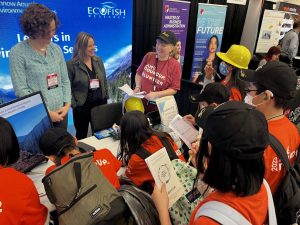
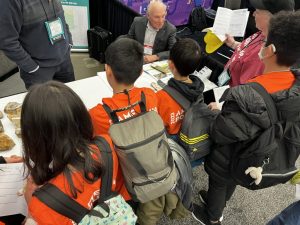
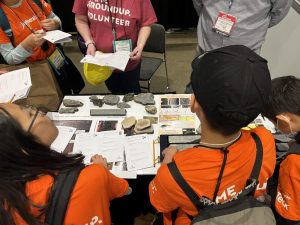
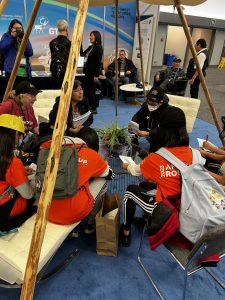
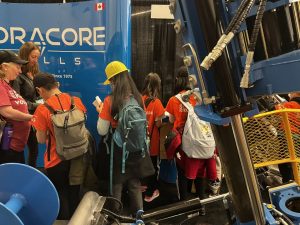
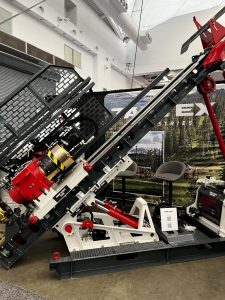

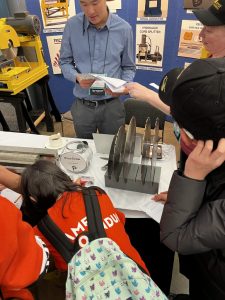
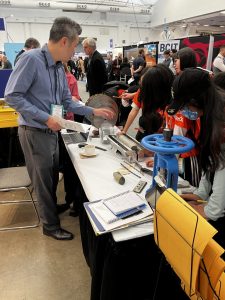
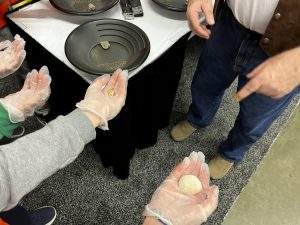
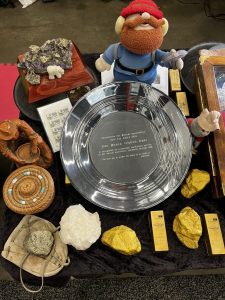
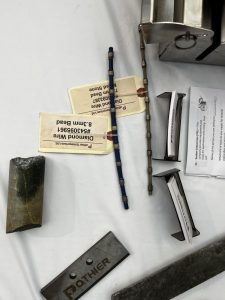
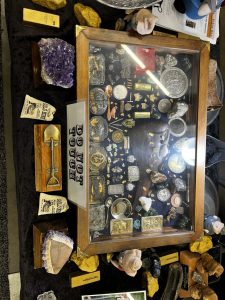
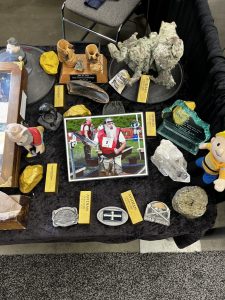
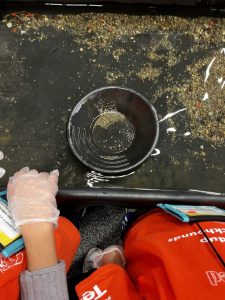

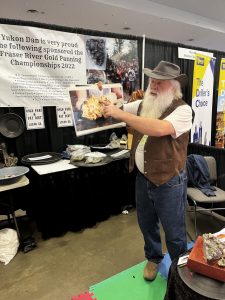
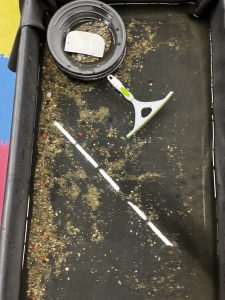
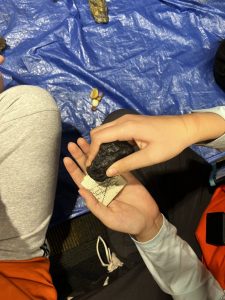
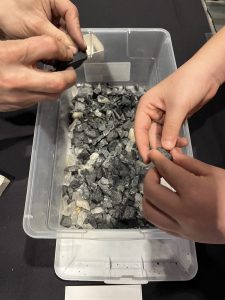
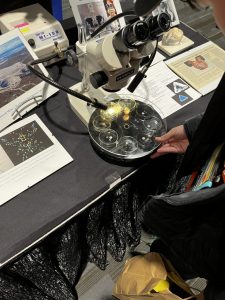
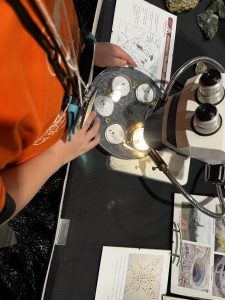
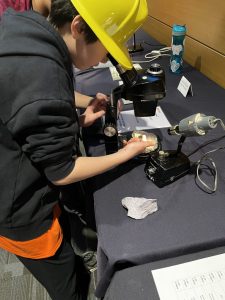
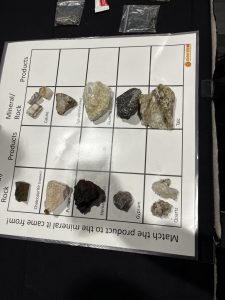
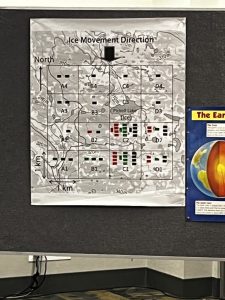
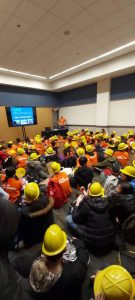
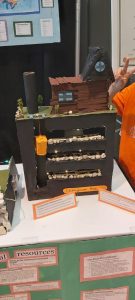
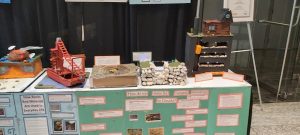
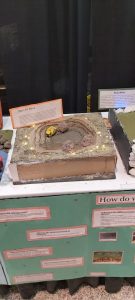
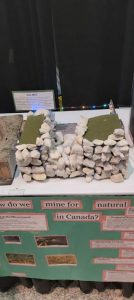
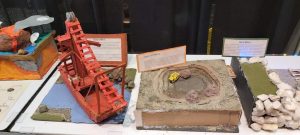

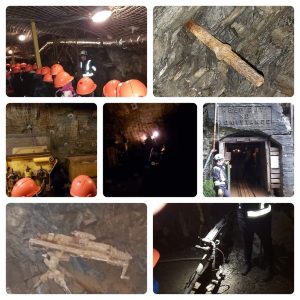
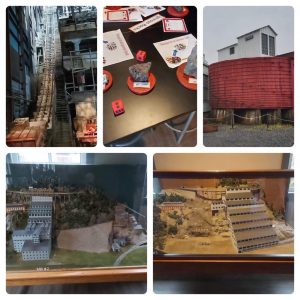
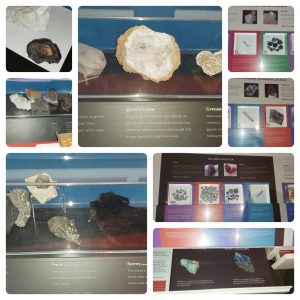
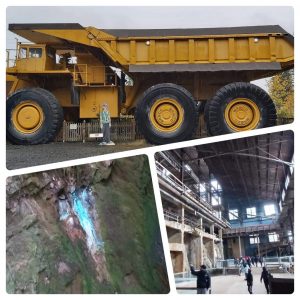
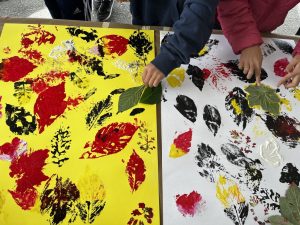
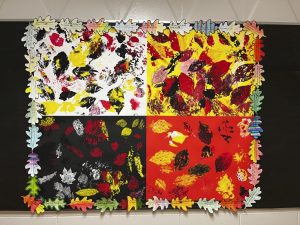
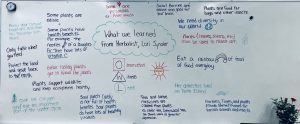
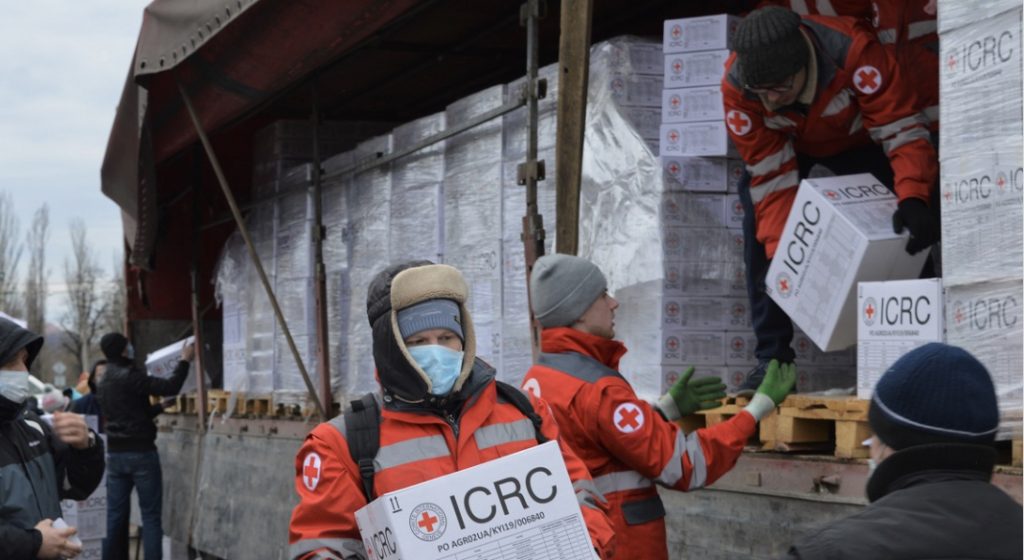 After a very successful Business Fair students from Divisions 1, 2, 3 and 5 donated 15% ($607) of their profits to the Canadian Red Cross to provide humanitarian assistance to those affected by the ongoing crisis in Ukraine. Congratulations everyone on a job well done at this years Business Fair and thank you all for your generous donations.
After a very successful Business Fair students from Divisions 1, 2, 3 and 5 donated 15% ($607) of their profits to the Canadian Red Cross to provide humanitarian assistance to those affected by the ongoing crisis in Ukraine. Congratulations everyone on a job well done at this years Business Fair and thank you all for your generous donations.